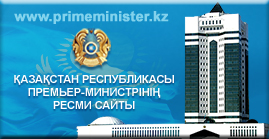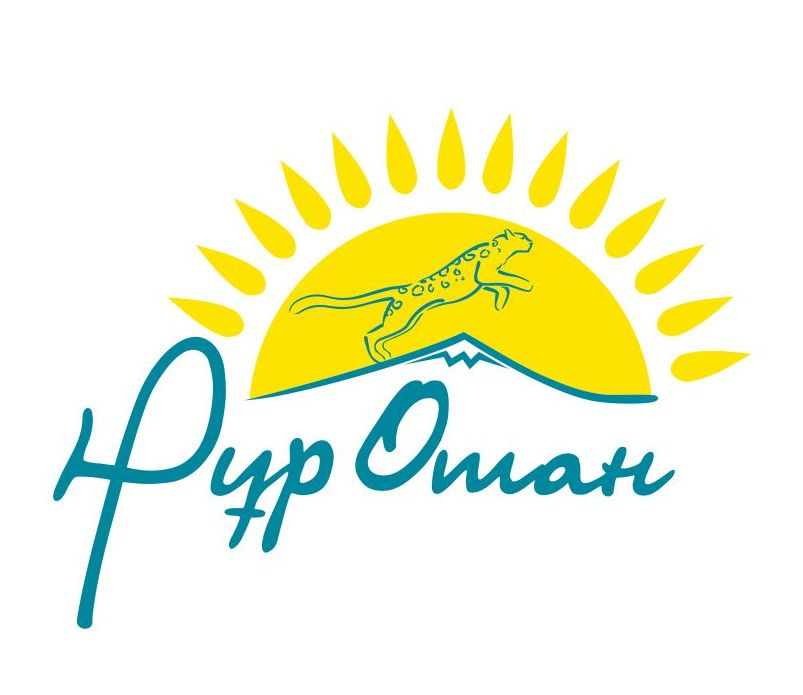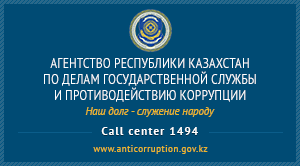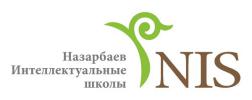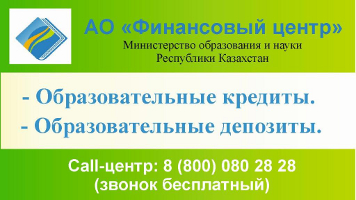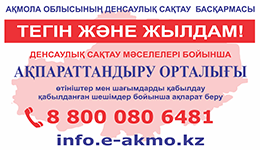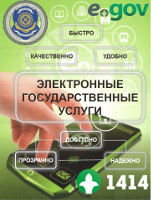|
The teacher divides students into groups (everybody takes a piece of paper with proverb`s words and make a proverb)
Teacher shows a PPT slide with the examples.
Teacher elicits learners when should and shouldn’t are used. Learners work in pairs and match the problems and the advice. S1 show – S2 ask – S3 answer – S4 advise
Learners use the advice and should or shouldn’t to make a sentence.
Focus on listening
Pre-listening
Teacher shows a PPT slide and explains to learners that they should complete the speech bubbles with the words in the box.
Learners should write down the full sentences into their copybooks.
Learners listen and check their answers.
Teacher drills the pronunciation of the new words.
Self-assessment
Key: 1. cold 2. headache 3. sore throat 4.runny nose 5. stomach ache 6.temperature 7. toothache 8. earache
While-listening
Learners listen to a conversation between a doctor and a patient and complete the notes given. Peers assess each other according to the answers provided by the teacher.
Peer-assessment:
Key: 1. sore throat 2. stomach ache 3. flu 4. take painkillers 5. drink warm tea
Teacher asks and makes notes on the number of correct answers and writes down the answers on the board so that learners could correct spelling mistakes.
Post-listening: Speaking: Role play
Learners work in pairs and use experiences from their life to hold a life-like conversation:
Student A imagines s/he has got one of the problems in pre-listening activity and s/he goes to a doctor (Student B). Student A tells Student B what’s wrong with him/her and asks for advice.
Student B imagines s/he is a doctor. Student A has got a problem. Student B asks what’s wrong and gives him/her advice. Student B is to use should and shouldn’t and some of the ideas in the box.
Pairs act out their dialogues in front of the class.
Teacher listens attentively and makes notes on the mistakes made by learners then teacher elicits the correct answers from students.
Teacher asks students about health rules: what should we do to be healthy? (Ss answer) what can you think about sport? Is it a good way to keep fit? What sport do you know?
Relax time.
Students sing a song ‘My favourite sport is gymnastics’
Everybody wants to be healthy, wealthy and wise. Read the rules using must or mustn`t
All of students have a piece of paper(a heart). They write a good rule to be healthy and give it guests
|






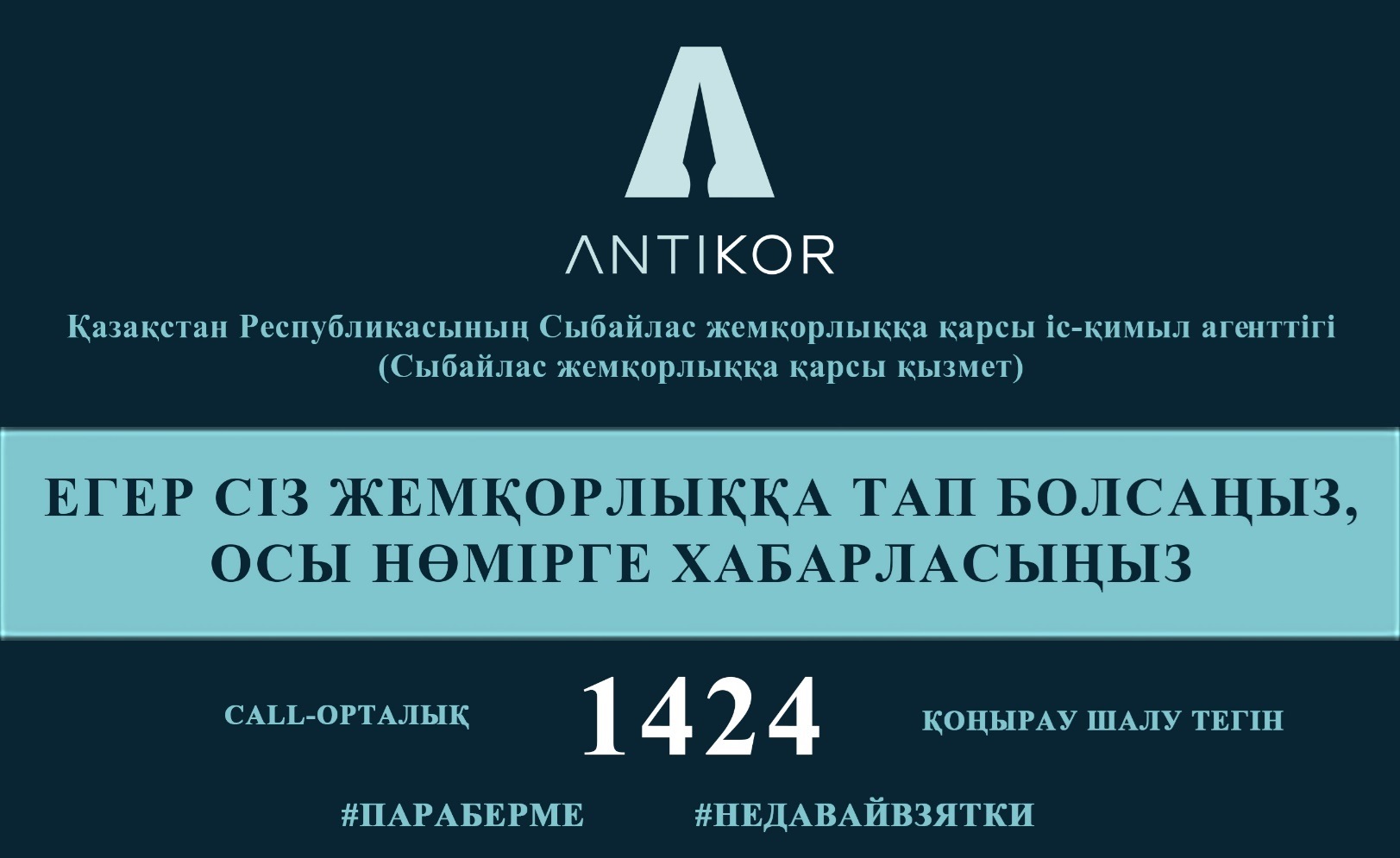
 Мектепке дейінгі балалар ұйымына жолдама қалай алуға болады
Мектепке дейінгі балалар ұйымына жолдама қалай алуға болады
 Мектепке тіркеу үшін құжаттарды қабылдау
Мектепке тіркеу үшін құжаттарды қабылдау

 Бүгін директордың жанынан кеңес...
Бүгін директордың жанынан кеңес...

